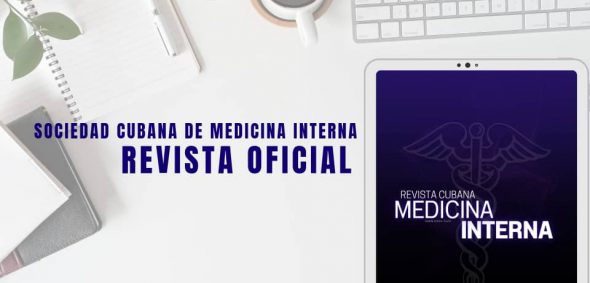In their review on invasive candidiasis, Kullberg and Arendrup (Oct. 8 issue) raise the question of what is the most appropriate initial antifungal therapy for patients who have previously been exposed to echinocandins for prolonged periods. The authors state that triazoles may be the preferred agent in such cases. Recent epidemiologic data show a shift in the distribution of candida species, with a significant increase in Candida glabrata, a species that is more likely to be resistant to azoles and the most common species resistant to fluconazole. Furthermore, prior exposure to echinocandins has also been shown to promote not only resistance to these agents but also multidrug resistance, defined as candida resistant to fluconazole and one or more echinocandins. Thus, for patients with previous antifungal selection pressure, triazoles may not be the most appropriate first-line treatment. Liposomal amphotericin B, which has a broad spectrum of activity, may be a better choice as an empirical therapy in this clinical setting.
Frederic M. Jacobs, M.D.
Hôpital Antoine-Béclère, Clamart, France
frederic.jacobs@abc.aphp.fr
Citado: Kullberg BJ, Arendrup MC. Invasive Candidiasis. N Engl J Med [Internet]. 2016 [citado 7 Nov 2017];374(8).
. En: Artículos recomendados ![]()


















DE NUESTROS LECTORES